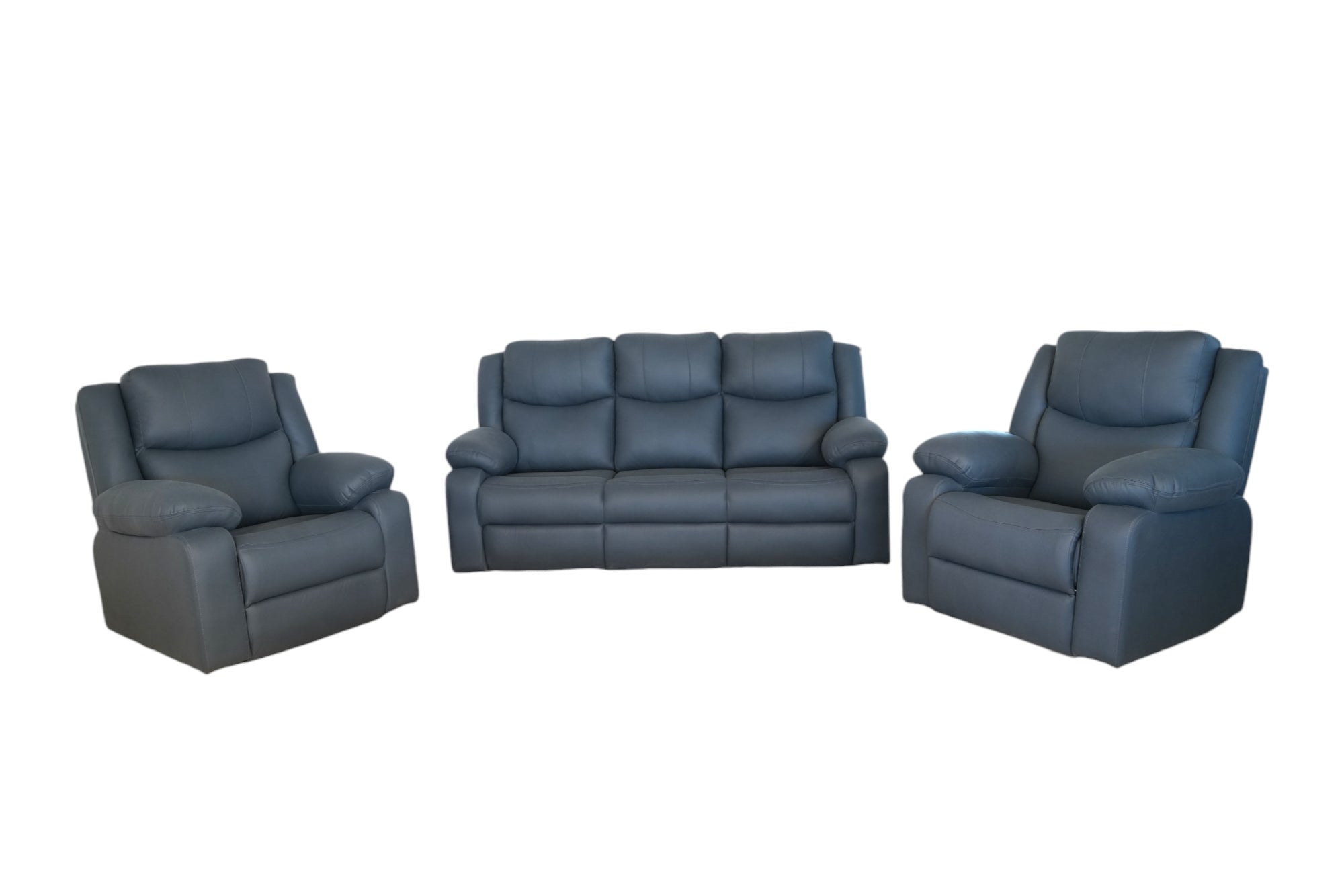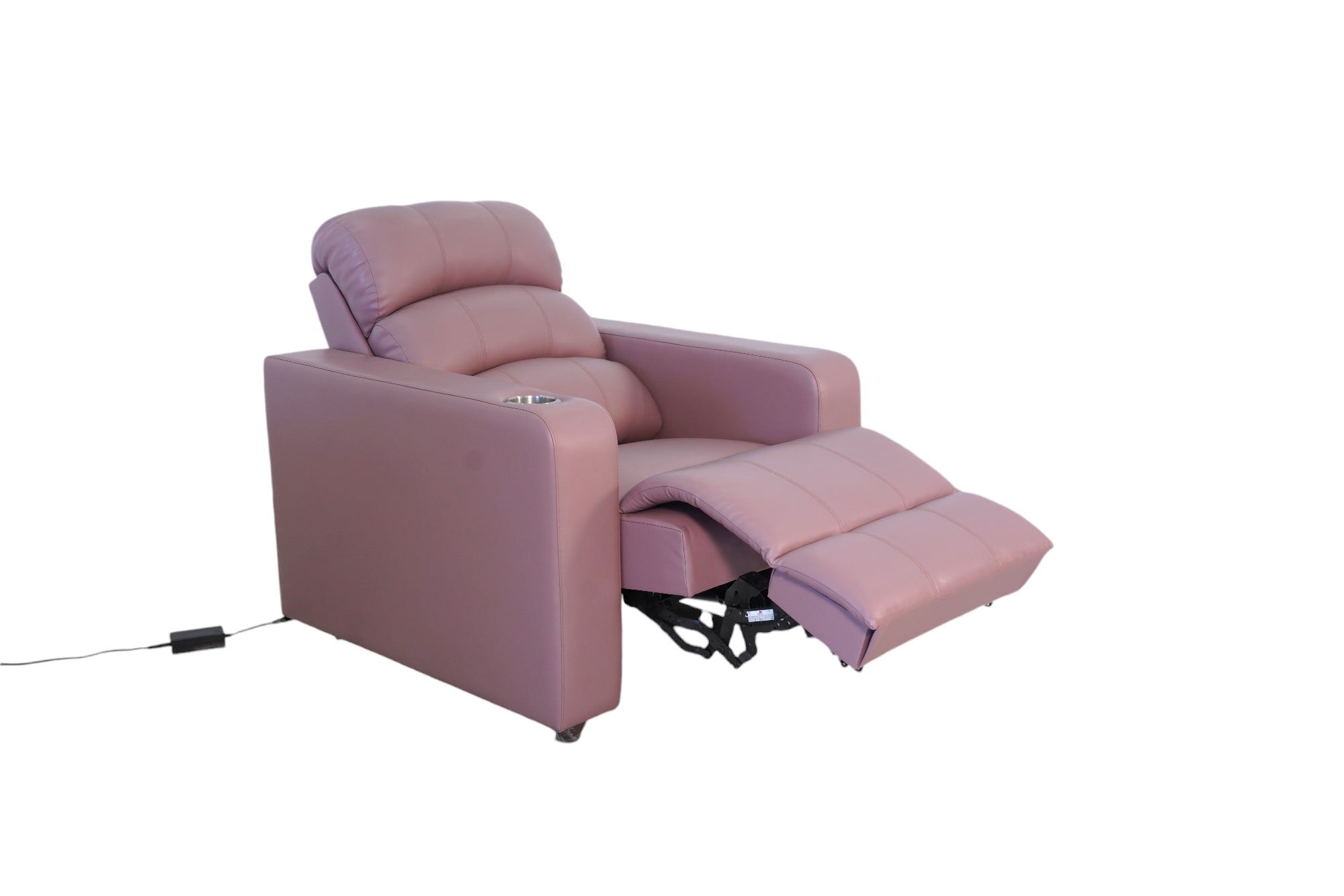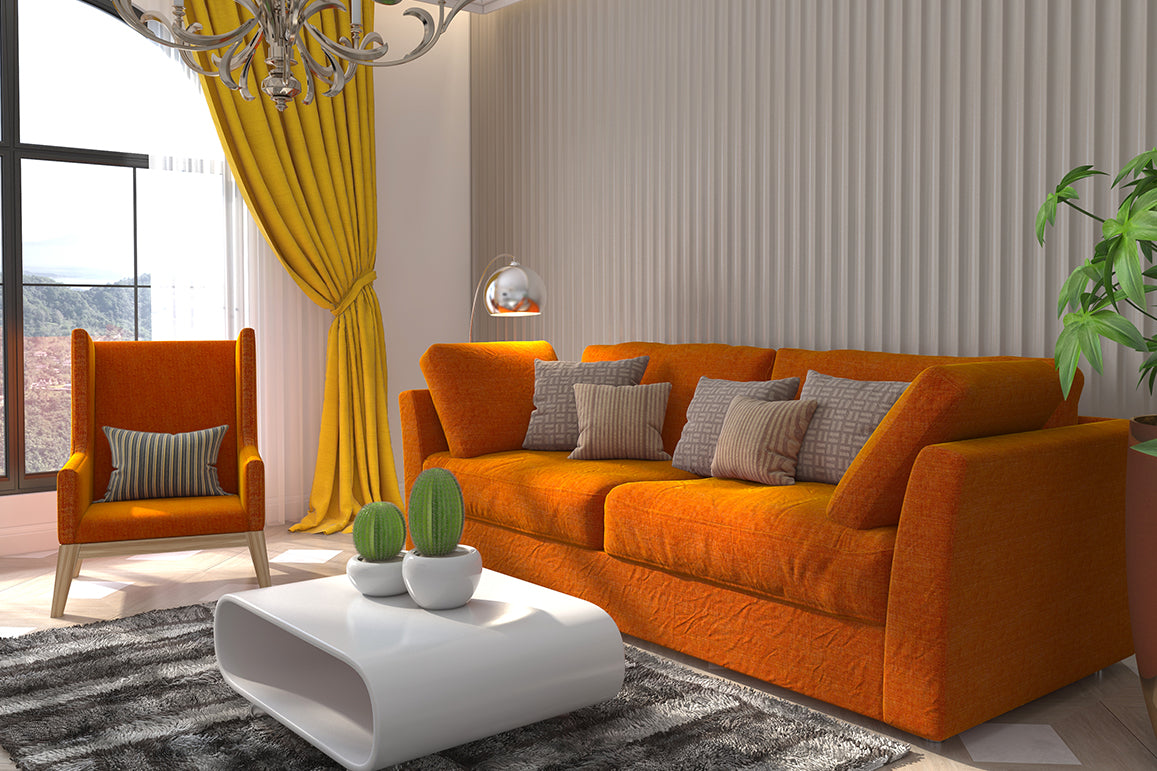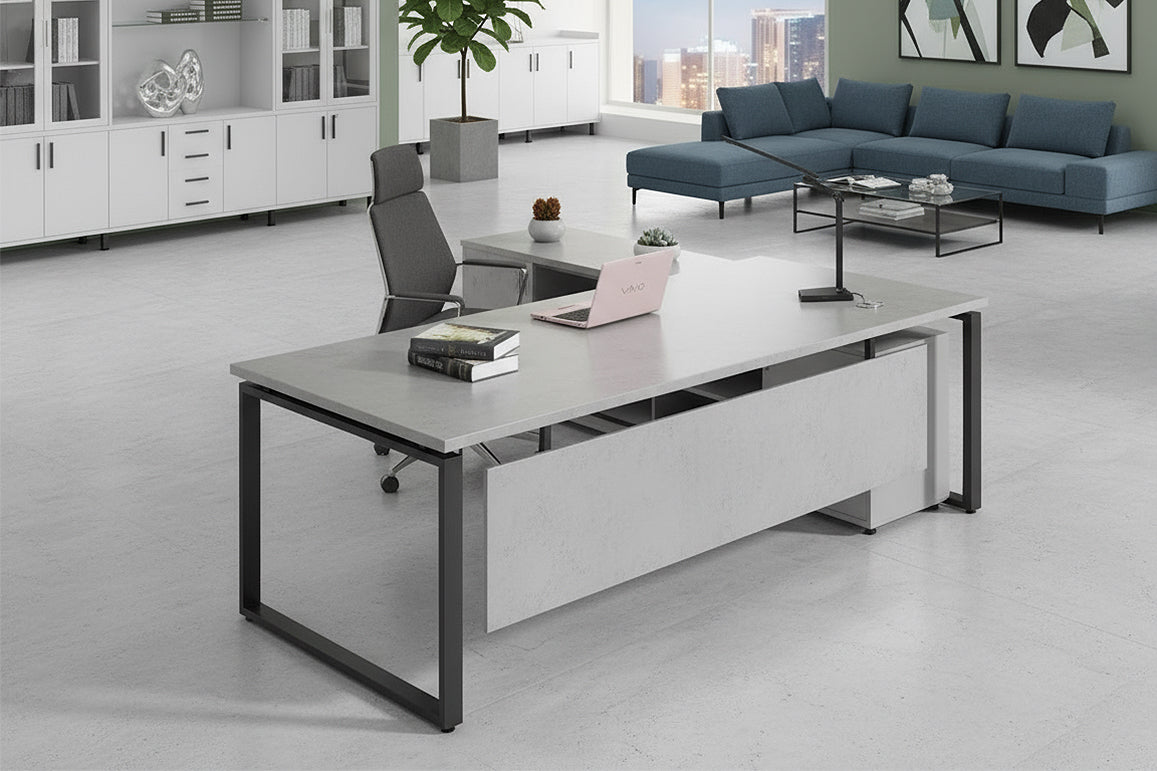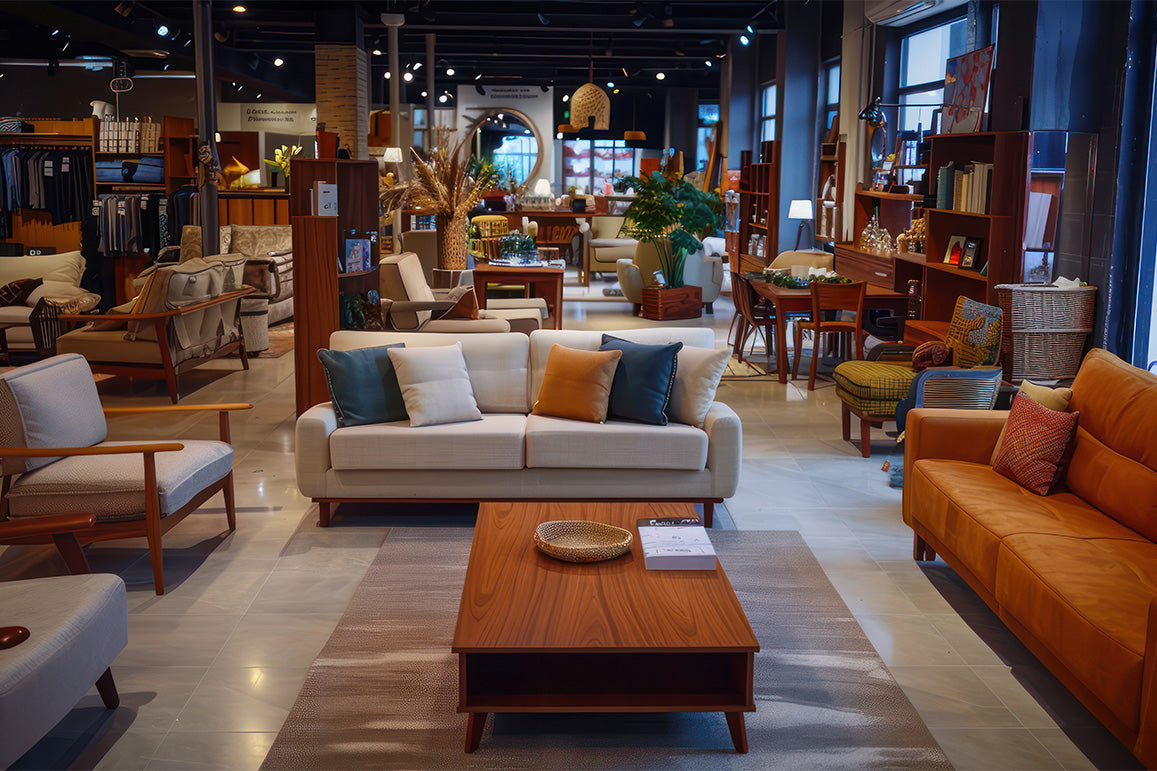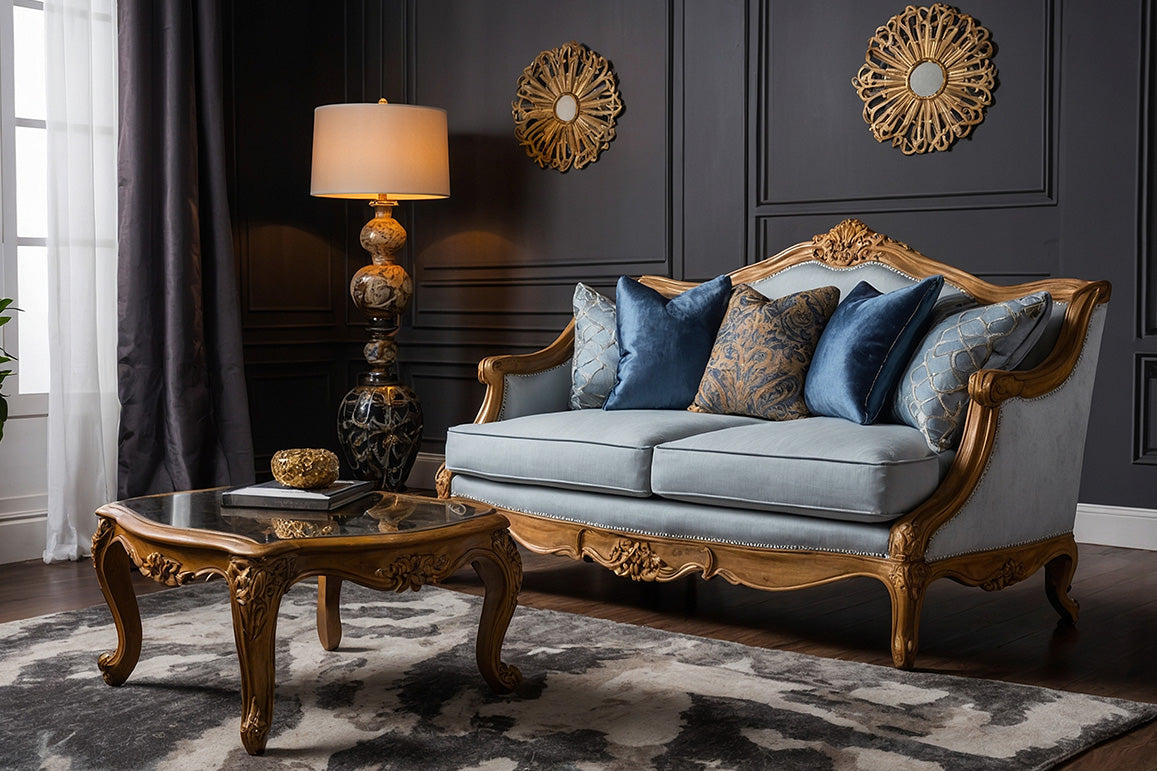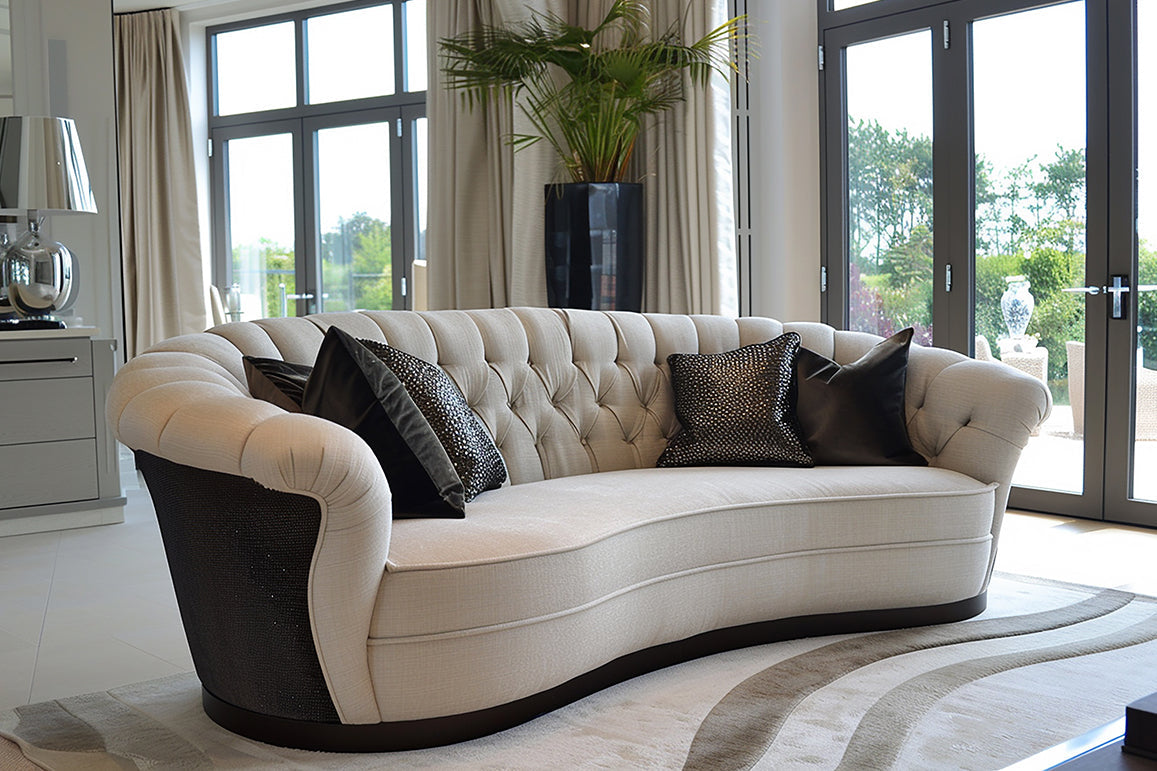
How Can You Choose the Perfect Sofa for Your Living Room?
Choosing the right sofa is more than selecting a piece of furniture you’ll sit on—it sets the tone for your entire living room. A well-chosen sofa blends comfort, style, and practicality, supporting everyday life from movie nights to conversations with friends. With so many shapes, fabrics, and configurations available, where should you start? Here’s a practical guide to help you find the sofa that fits your space, lifestyle, and budget.
1) Define your space and layout
Before you fall in love with a fabric or color, map out your room. Measure doorways, the maximum sofa length, and how much clearance you need for traffic flow. Consider the following layout options:
-
Traditional - A classic, single-piece sofa works well in larger rooms with a formal vibe.
-
Sectional - Perfect for open-plan living rooms or family spaces, sectionals create ample seating and define zones.
-
Loveseat or compact sofa. Ideal for smaller rooms, apartments, or as a secondary seating area.
-
Sleeper sofa. A practical solution when you need occasional sleeping space for guests.
Think about how many people you typically seat, whether you entertain, and if you want a cohesive flow with other furniture. Visiting a reputable furniture store in Hyderabad can help you visualize layouts and test different styles before purchasing.
2) Comfort first: seating height, depth, and firmness
Comfort is highly personal, but some guidelines help you avoid buyer’s remorse:
-
Seating height. A standard seat height is around 17–20 inches from the floor. If you have knee or hip issues or struggle to stand up from a low sofa, prioritize a higher seat.
-
Seat depth. If you’re tall or prefer to lounge, deeper seats (22–24 inches) feel comfortable. For shorter people or smaller rooms, shallower seats (18–20 inches) prevent your legs from dangling.
-
Cushion firmness. Sofas range from plush and sink-in to medium-firm and supportive. A good test is to sit and lean back; you should feel even support across your back and hips without excessive sagging.
If you share the sofa with others who have different preferences, a modular sectional can offer customizable comfort by combining sections of varying depths and cushions.
3) Frame and construction: durability matters
A sturdy frame ensures your sofa lasts. Look for:
-
Wood frame quality. Kiln-dried hardwood frames (such as birch, maple, or beech) resist warping better than softwoods.
-
Joinery. Eight-way hand-tied or double-D nutted connections are strong options; down-the-line, webbing and corner brackets can work but may not endure heavy use as long.
-
Cushion cores. Consider high-density polyurethane foam (HD) or foam wrapped in down or fiber. Pocketed coil springs offer good support and durability for in-seat comfort.
-
Sinuous vs. serpentine springs. For long-term support, springs in the seat help prevent sagging.
A solid warranty is a practical indicator of durability. Look for at least 5–10 years on the frame and cushions. For homes with traditional or ethnic décor, incorporating a diwan cot alongside your sofa adds functional seating with aesthetic appeal.
4) Fabric choice: aesthetics, feel, and care
Fabric determines both the look and maintenance of your sofa. Consider:
-
Performance fabrics - Materials like microfiber, performance cotton blends, and textiles with stain resistance are excellent for households with kids or pets.
-
Natural fabrics - Linen and cotton offer breathe-ability and a relaxed vibe but may require more care.
-
Velvet - Luxurious and stylish, velvet adds depth but can show wear faster if aggressively used; it’s best with lighter colors or patterns.
-
Leather - Durable and easy to wipe clean, leather can develop a patina over time. Exotic hides require more care and may not be ideal for households with kids.
-
Color and pattern - Neutrals are versatile and timeless; bold colors or patterns can define the room, but ensure it complements other elements.
Finally, check fabric density and stain resistance, especially in high-traffic rooms. Removable, washable covers or slipcovers can simplify maintenance.
5) Style and how it fits with your decor
Your sofa should harmonize with the room’s existing style:
-
Modern/minimalist - Clean lines, low profiles, and a restrained color palette.
-
Mid-century - Sloped arms, tapered legs, and a sleek silhouette.
-
Classic/Traditional - Rolled arms, deep cushions, and ornate details.
-
Scandinavian - Light woods, simple forms, and a bright, airy feel.
If you’re unsure, start with a versatile silhouette like a clean-lined Sectional or a modular sofa that can evolve with your space.
6) Color, texture, and pattern coordination
Balance bold choices with restraint:
-
Use a dominant neutral for the sofa and introduce color or texture via cushions, throws, and artwork.
-
If you want a statement piece, pair it with more subdued surroundings to avoid visual overload.
-
Consider the room’s lighting. A dark sofa in a dim room can feel heavy, while a light sofa in a bright space can feel fresh and spacious.
7) Budget wisely: value and long-term satisfaction
Price often reflects materials, craftsmanship, and durability. A well-made sofa is an investment. To maximize value:
-
Prioritize key features (frame, springs, and cushions) over trend-driven upholstery.
-
Look for modular designs that offer configurability without sacrificing quality.
-
Take advantage of sales, but verify warranty and return policies in case the fit isn’t right.
If your living room hosts dining or multipurpose areas, pairing your sofa with teak wood dining tables can create a cohesive and elegant look.
8) Test and refine through experience
If possible, test sofas in-store or arrange home trials. Sit, lean, and simulate real use:
-
Do you sink in or feel supported?
-
Is the seat height comfortable for you and your family?
-
Do you like the fabric’s texture and how it ages with use?
A break-in period helps you make a confident decision. If you buy online, seek retailers with generous return windows.
Conclusion:
Choosing the perfect sofa is about balancing comfort, durability, and style in a way that matches your living room’s layout and your everyday routines. By prioritizing a solid frame, appropriate cushions, a fabric that fits your lifestyle, and a silhouette that complements your decor, you’ll invest in a piece that brings comfort and cohesion to your space for years to come. Start with your room’s dimensions, test for comfort, and then align fabric, color, and price with your long-term needs. A thoughtfully selected sofa can transform your living room into a welcoming hub for conversation, relaxation, and everyday life.
